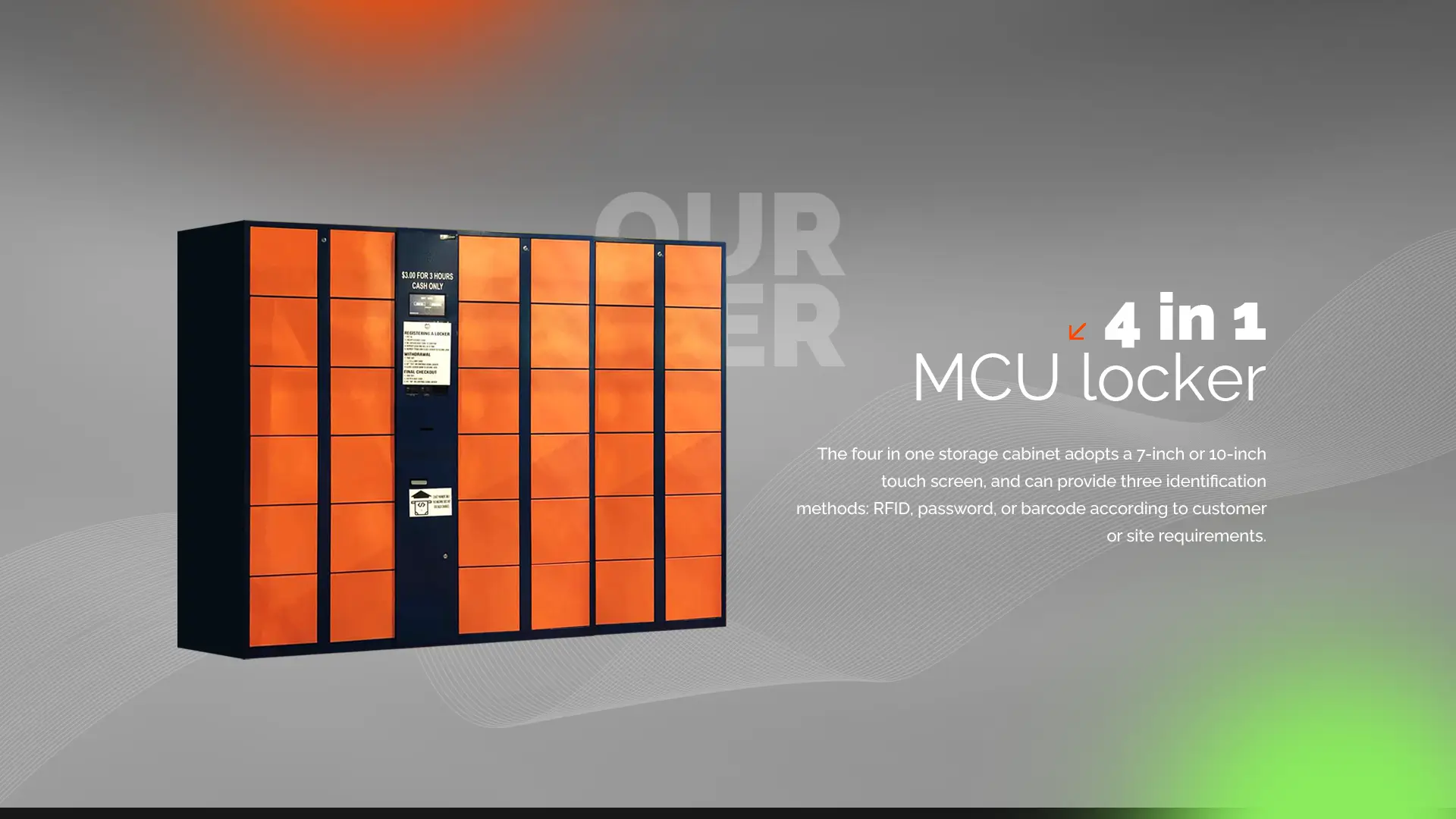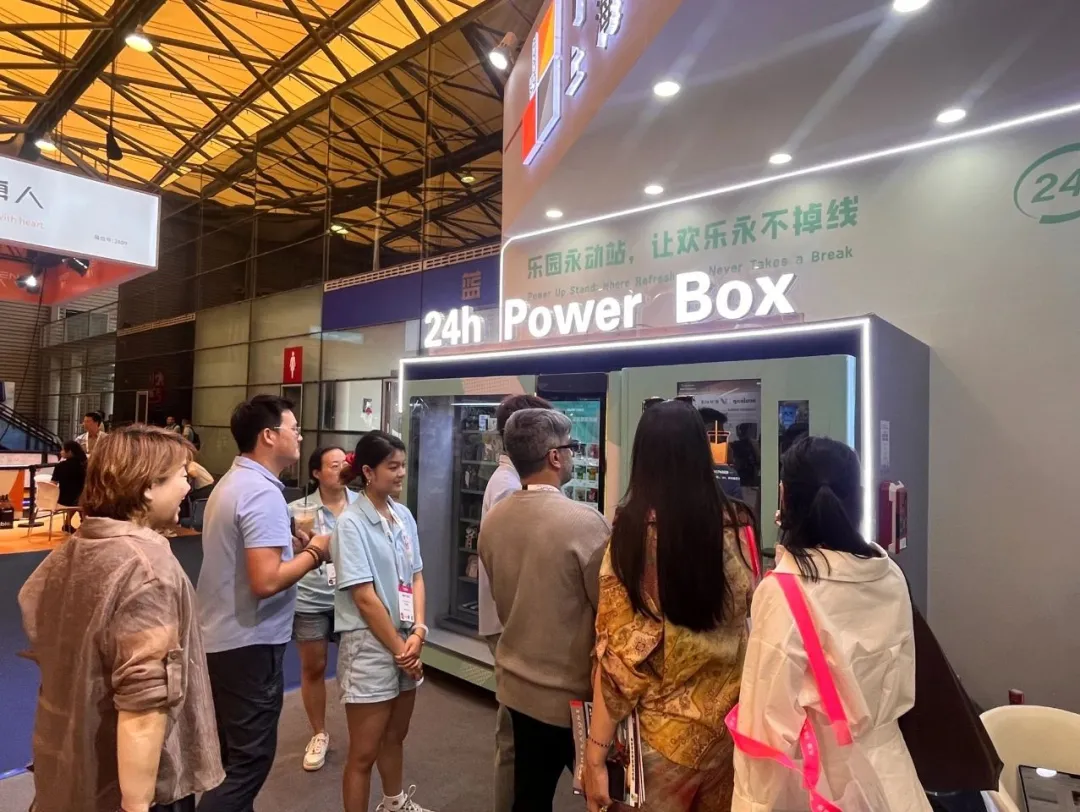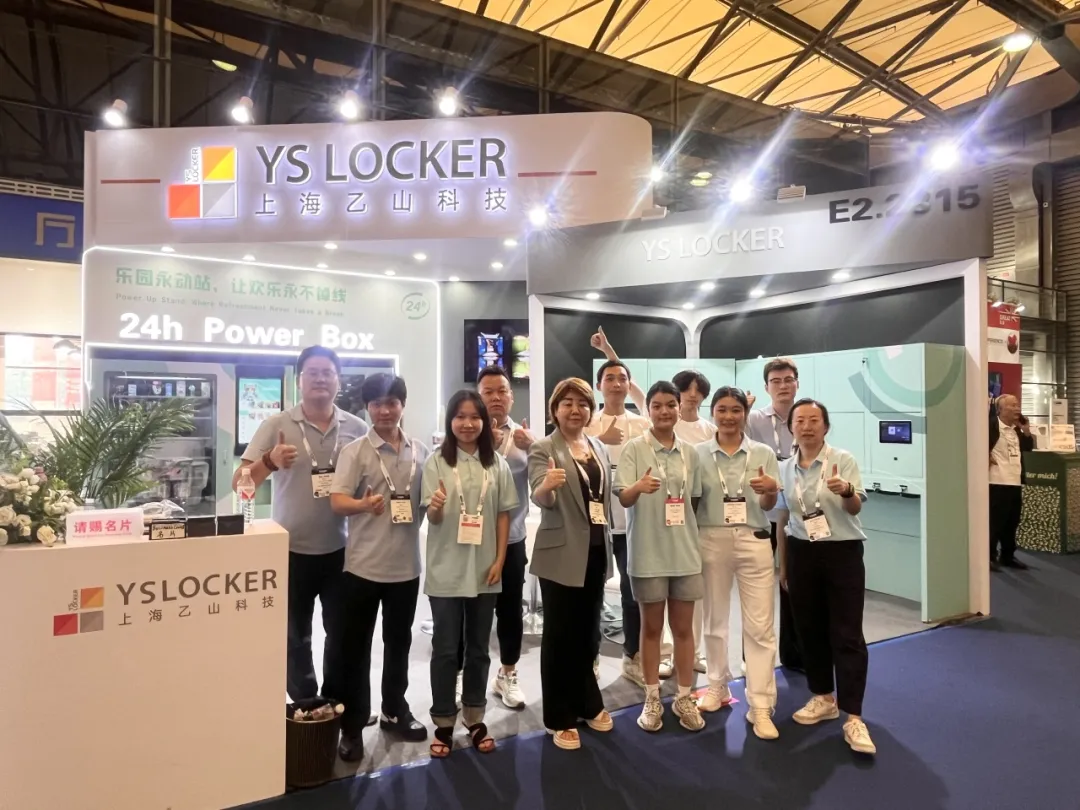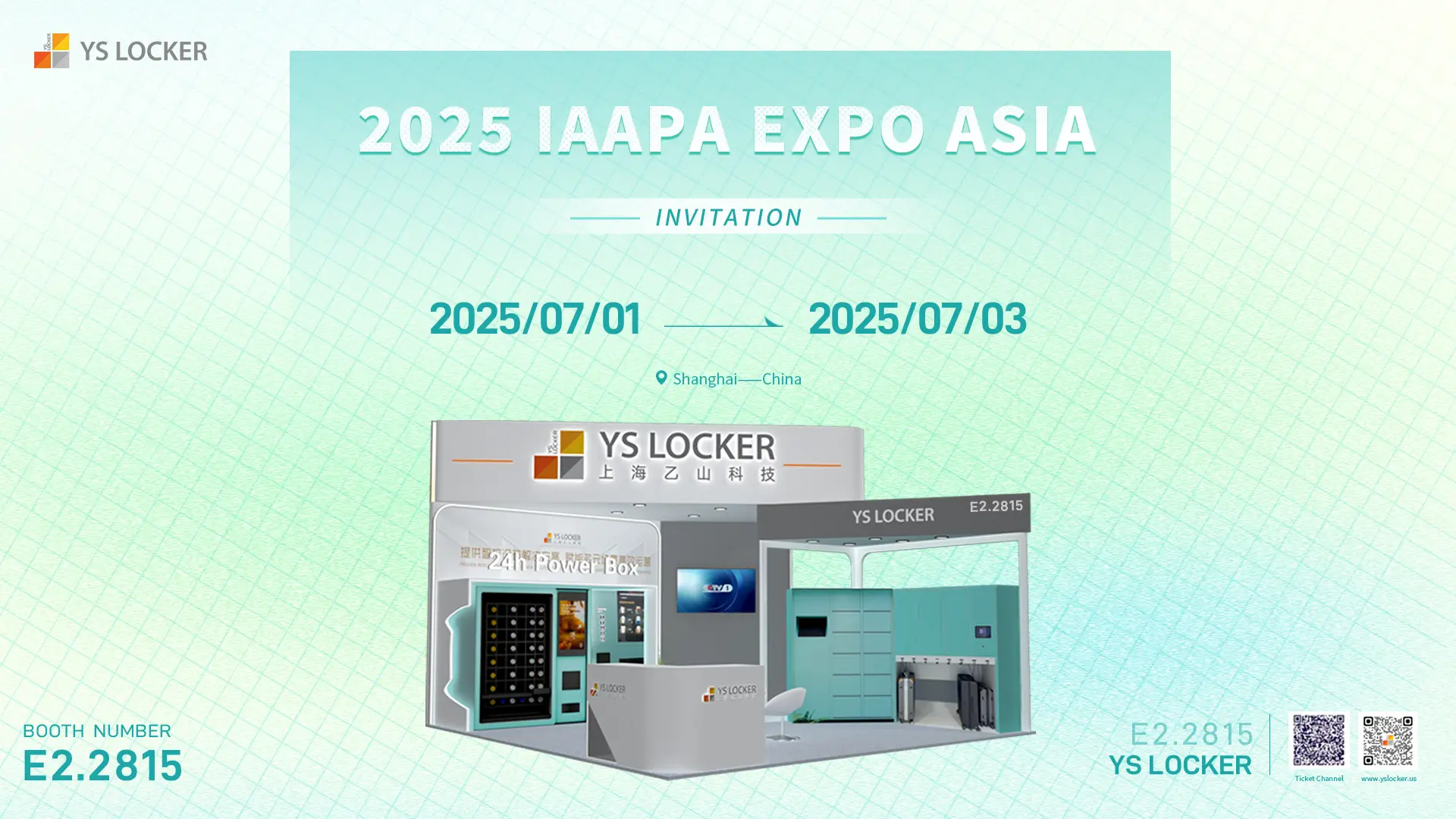Understanding Smart Locker
Smart lockers are electronic storage units that use advanced technology, such as mobile apps, keypads, or RFID cards, to control access. Unlike traditional lockers, smart locker allow for secure, contactless access and often provide real-time tracking and monitoring. These lockers are widely used in various environments, including workplaces, logistics centers, gyms, universities, and public spaces, to provide secure and efficient storage for personal belongings, packages, or equipment.
While the technology behind smart lockers is cutting-edge, their performance relies heavily on the conditions under which they are installed. Proper installation not only ensures smooth operation but also extends the lifespan of the system.
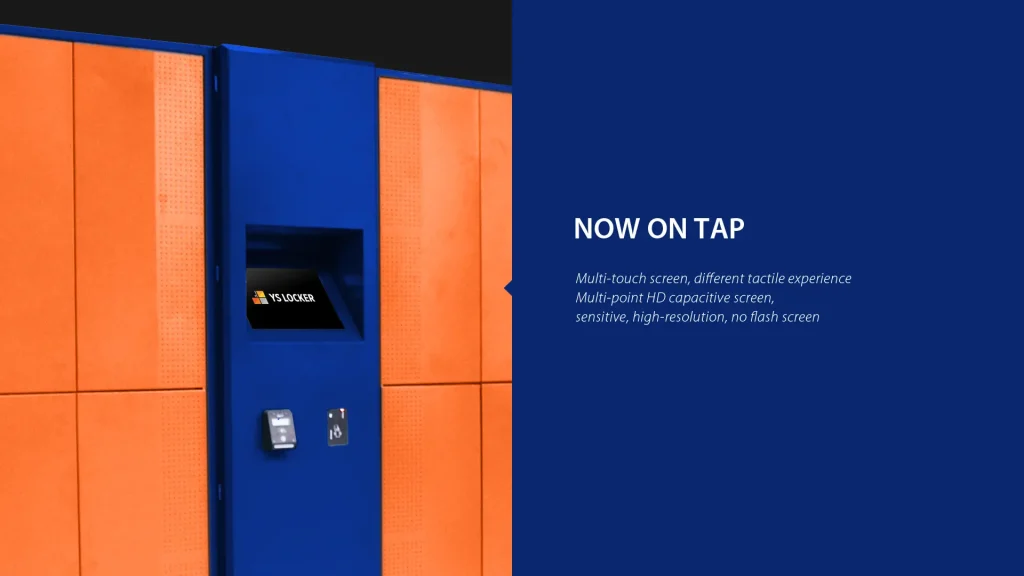
Environmental Considerations for Smart Locker Installation
The installation environment plays a critical role in the performance and durability of smart lockers. Factors such as location, space, power supply, and connectivity must be carefully evaluated.
1. Optimal Location and Space Planning
Smart lockers should be installed in areas that are easily accessible to users while avoiding high-traffic zones that might cause congestion. Consideration must be given to the physical space required for the lockers themselves and for user access. Proper layout design allows for smooth flow of people, ensuring that lockers do not obstruct emergency exits or walkways.
Additionally, space planning is crucial for the long-term scalability of the system. As demand for locker usage may increase, leaving room for future expansion is advisable. This flexibility allows businesses to add more locker units without major disruptions or structural changes.
2. Electrical Power and Connectivity Requirements
Smart lockers rely heavily on consistent power and reliable connectivity. Each locker unit needs a stable power supply to operate the electronic components, including locks, screens, and sensors. When planning the installation, ensure that the electrical system can support the required load for all lockers.
Connectivity is equally important, as smart lockers depend on network access for real-time monitoring, system updates, and communication. Most systems operate on Wi-Fi or Ethernet connections. Before installation, assess the existing network infrastructure to ensure it can support the number of lockers installed and provide seamless communication between lockers and the central management system. If necessary, invest in additional routers or signal boosters to enhance connectivity in large areas.
3. Environmental Conditions (Temperature & Humidity)
Smart lockers are sensitive to extreme temperatures and humidity, which can negatively affect their performance. It is essential to install them in controlled environments, away from direct sunlight, rain, or other environmental hazards. Excessive heat or cold can damage internal electronics and disrupt the functioning of the locker system.
A temperature range of 50-85°F (10-30°C) and relative humidity levels below 70% are ideal conditions for the lockers to operate smoothly. In areas with extreme weather conditions, climate-controlled rooms or protective casings for the lockers may be required to ensure the system’s longevity.
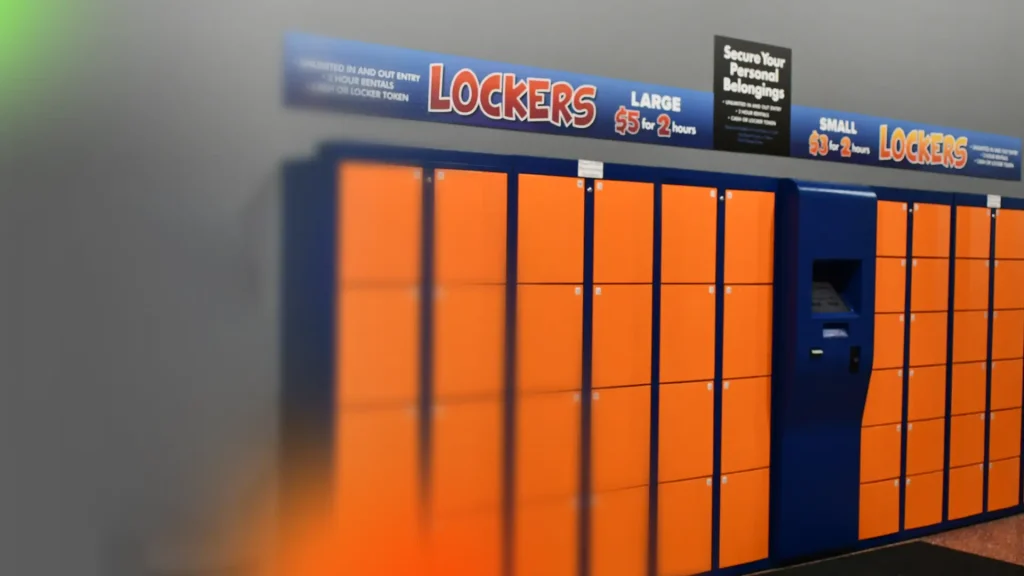
Safety Design Considerations for Smart Locker
In addition to the environmental conditions, safety is another crucial factor when installing smart lockers. Given their use for secure storage, especially in workplaces or public spaces. The design must incorporate robust security features to protect users’ belongings and ensure safe operation.
1. Fire Safety
Given that smart lockers contain electronic components, fire safety must be a priority. The installation site should have fire-resistant materials in place, and lockers should be kept clear of potential fire hazards. Installing smart lockers in a well-ventilated area helps reduce the risk of overheating or malfunction, especially when multiple units are used in high-traffic spaces.
Additionally, the area where lockers are installed should be equipped with fire detection systems, such as smoke detectors and fire alarms, to enhance safety.
2. User Access Control and Locker Security
Smart lockers are designed to offer secure access to users, so ensuring the integrity of the access control system is crucial. When installing the lockers, the security measures must include advanced locking systems that prevent unauthorized access. Digital locks, RFID cards, biometric scanners, and PIN codes are common access control mechanisms. When selecting these systems, ensure they are appropriate for the environment in which they will be used, based on the level of security required.
Lockers should also be anchored securely to the floor or wall to prevent theft or tampering. This is particularly important in high-risk environments such as public spaces or logistics centers, where the lockers may be exposed to more frequent attempts of unauthorized access.
3. Emergency Access and Safety Features
During installation, it’s important to design the system with emergency access in mind. In the event of a system failure or power outage, users must still be able to access their belongings. Many smart locker systems have backup power options or manual override mechanisms to ensure that lockers remain accessible in emergencies.
Other safety features, such as anti-pinch mechanisms and easy-to-use interfaces, should be incorporated to ensure that users can interact with the lockers safely. These features help prevent accidents when users are retrieving or storing items, especially in busy environments where accidents are more likely to occur.
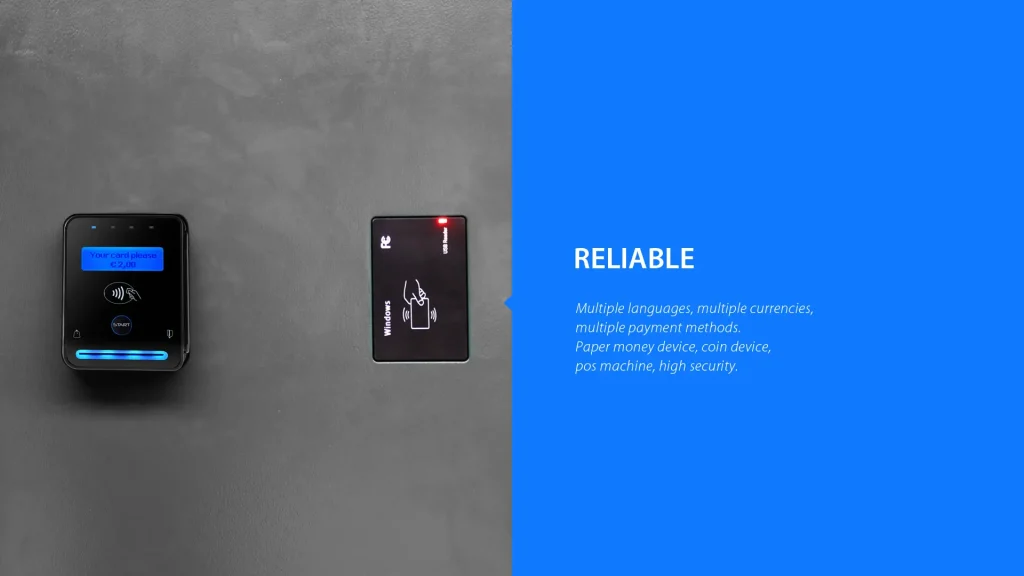
Conclusion
The successful installation of smart lockers depends on careful attention to both environmental and safety design considerations. By ensuring the installation environment is optimal—considering space, power supply, and climate—smart lockers will function reliably and efficiently. Additionally, integrating robust safety features like secure access controls, fire prevention, and emergency access ensures that the lockers remain safe for both users and the system itself.
Incorporating these critical factors into the installation process ensures that your smart locker system will deliver long-term benefits, from improved security and user convenience to operational efficiency and scalability. By addressing these considerations, businesses can create a secure, efficient, and user-friendly environment that enhances the overall experience for employees, customers, and other users of the smart locker system.
